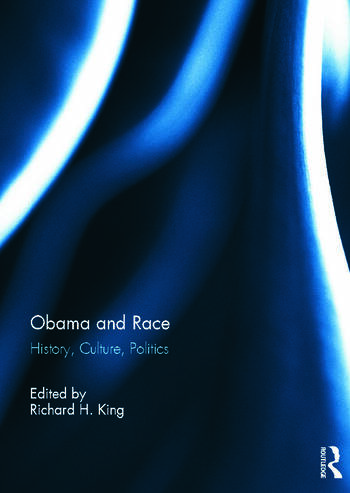PARADE Exclusive: A Conversation With the ObamasPosted in Articles, Barack Obama, Interviews, Media Archive, Politics/Public Policy, United States on 2012-09-06 22:12Z by Steven |
PARADE Exclusive: A Conversation With the Obamas
Parade Magazine
2012-09-12
Lynn Sherr, Contributor
Maggie Murphy, Editor in Chief
 President and Mrs. Obama photographed in the White House Map Room on Aug. 10. [Photo: Ben Baker] |
You hear him before you see him. After a hearty hello to the men and women working on the ground floor of the White House, President Barack Obama bounds into the Map Room with a warm smile and an open hand. Soon the president’s eyes fall on a shimmering but empty silver tea set that has been placed on the coffee table by photographer Ben Baker. “Tea? What about chips and salsa?” With the tea service sent to the sidelines, the president settles down next to his wife, Michelle, whose gift for easy elegance is reinforced by her Tracey Reese top and J. Crew skirt. On this day before Gov. Mitt Romney would announce Rep. Paul Ryan as his running mate, the first couple alternately kid and cuddle for pictures. But befitting a room where decisions about World War II were once made, they quickly strike a more serious pose during an interview conducted by PARADE editor in chief Maggie Murphy and contributor Lynn Sherr. As they address questions from our readers about the economy, the political stalemate in D.C., and their family life, the couple hold hands, nod in support of each other’s answers, and make a case for their first four years in office and what they hope to accomplish next….
…PARADE: If you were female, we would ask, “How has being female affected your ability to govern?” So, how has being black affected your ability to govern?
President Obama: I’m sure it makes me more determined in assuring that everybody’s getting a fair shot—in the same way that being a father of two daughters makes me want to make sure that every woman is getting equal pay for equal work, ’cause I don’t want my daughters treated differently than somebody else’s sons. By virtue of being African-American, I’m attuned to how throughout this country’s history there have been times when folks have been locked out of opportunity, and because of the hard work of people of all races, slowly those doors opened to more and more people. Equal opportunity doesn’t just happen on its own; it happens because we’re vigilant about it. But part of this is not just because we’re African-American—it’s also because Michelle and I were born into pretty modest means. And so I think about my single mom and what it was like to go to school and work at the same time. And I think about Michelle’s dad, who had a disability and was working every day and didn’t have a lot of money to spare. But somehow our parents or grandparents were able to give us these opportunities partly because they lived in a society that said that was important. And as president, I want to affirm that that’s important and reject the idea that if we just reward those at the top, that somehow that’s going to work for everybody—’cause that hasn’t been how America got built.
Read the entire interview here.
